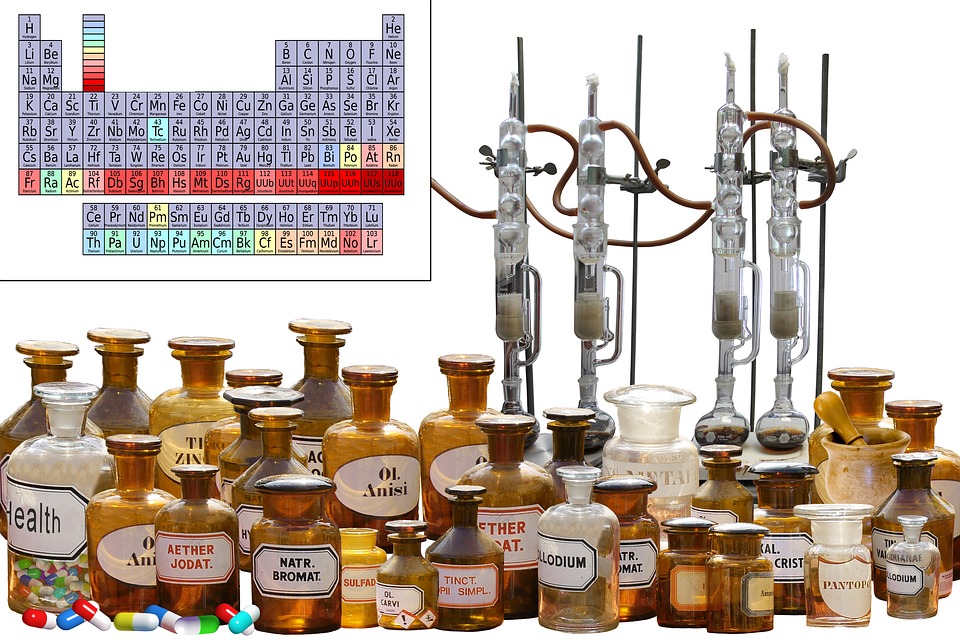Bornholm disease (also called pleurodynia) is a viral infection that causes pain in the chest or upper tummy and flu-like symptoms.
It usually clears up by itself after a few days, but can sometimes last longer (up to 3 weeks).
Bornholm disease mainly affects children and young adults.
Symptoms of Bornholm disease
The main symptom of Bornholm disease is a severe, stabbing chest pain, which is often worse when you breathe deeply, cough or move.
The pain tends to come and go, with episodes lasting 15 to 30 minutes.
In very severe cases, the pain can make it difficult to breathe and the affected area may be tender.
Other symptoms of Bornholm disease include:
tummy pain
high temperature (fever)
aching muscles
These symptoms usually start suddenly and last for a few days. They can sometimes last longer (up to 3 weeks), or they can come and go for a few weeks before eventually clearing up.
When to get medical help
If you have chest pain, it’s important to get it checked out, particularly if it’s severe and comes on suddenly.
Get more advice about chest pain and when to get medical help.
Bornholm disease can be serious for newborn babies, so if you’re in the late stages of pregnancy or have a newborn baby and you’ve come into contact with someone with the condition, ask your midwife or GP for advice.
Treating Bornholm disease
There’s no specific treatment for Bornholm disease. The infection usually clears up on its own within a week.
As the condition is caused by a virus, it can’t be treated with antibiotics. You can use over-the-counter painkillers, such as paracetamol and ibuprofen, to help with any pain.
Newborn babies at risk of getting Bornholm disease may be treated with immunoglobin to make the effects of the virus less severe and help prevent complications. This is only offered on the advice of a specialist.
How the infection is spread
Bornholm disease is very infectious and can be easily spread from one person to another, usually through contact with secretions from the nose or mouth, or the poo of an infected person.
You can get infected by eating or drinking contaminated food or drink, or if you touch contaminated objects such as nappies and then touch your mouth.
This is why it’s very important to wash your hands properly and avoid sharing utensils if you or someone close to you has Bornholm disease.
Less commonly, you can catch Bornholm disease by breathing in infected droplets from coughs or sneezes.
As Bornholm disease is so infectious, there are sometimes outbreaks in schools or nurseries.
